Portable Ac For 1200 Sq Ft

As summer temperatures continue to rise, homeowners and renters are increasingly seeking cost-effective and adaptable cooling solutions. One option gaining traction is the use of portable air conditioners, particularly models designed to cool spaces of up to 1200 square feet.
This article examines the growing popularity of these larger portable AC units, exploring their capabilities, limitations, and potential impact on energy consumption and consumer satisfaction.
Understanding Portable Air Conditioners for Large Spaces
Portable air conditioners offer a flexible alternative to traditional window units or central air conditioning systems. These self-contained units require no permanent installation and can be easily moved from room to room, providing targeted cooling where it's needed most.
Models capable of cooling 1200 square feet are among the largest portable ACs available, designed for open-concept living spaces, large bedrooms, or small apartments. These units typically boast higher BTU (British Thermal Unit) ratings, reflecting their increased cooling capacity.
Key Features and Considerations
When considering a portable AC for a 1200 sq ft space, several factors come into play. BTU rating is paramount; a unit should ideally have at least 10,000-14,000 BTUs to effectively cool the specified area.
Energy efficiency is also a crucial consideration. Look for models with a high Energy Efficiency Ratio (EER) or Seasonal Energy Efficiency Ratio (SEER) to minimize electricity consumption and operating costs.
The unit's dehumidification capabilities are another key aspect, particularly in humid climates. A good portable AC will effectively remove moisture from the air, enhancing comfort.
Noise level is a subjective but important factor. Portable ACs can be noisier than central AC systems, so research noise levels before purchase.
The Debate Over Efficiency and Effectiveness
While portable ACs offer flexibility, their efficiency compared to other cooling systems is often debated.
According to the U.S. Department of Energy (DOE), portable air conditioners generally have lower energy efficiency ratings than window units or central ACs.
This is primarily due to the need for venting, which typically involves a hose leading to a window. The venting process can allow warm air to leak back into the room, reducing cooling efficiency.
However, some argue that targeted cooling offered by portable ACs can be more efficient in certain situations. Instead of cooling an entire house with central air, a portable unit can cool only the room being occupied, saving energy.
Installation and Maintenance
Installing a portable AC is generally straightforward. The vent hose needs to be securely attached to a window using an included window kit.
Regular maintenance is essential for optimal performance. This includes cleaning the air filter regularly to prevent dust buildup and ensuring proper drainage of any accumulated condensation.
Some models feature a self-evaporating system, which eliminates the need for manual draining. However, these systems may not be as effective in extremely humid environments.
Consumer Trends and Market Growth
The portable air conditioner market has experienced significant growth in recent years, driven by increasing demand for flexible and affordable cooling solutions. The availability of larger, more powerful models has expanded the market to include those needing to cool larger spaces.
Online retailers and major appliance stores report a steady increase in sales of portable ACs, particularly during peak summer months. Customer reviews often highlight ease of use and portability as key advantages.
However, some consumers express concerns about noise levels and the effectiveness of cooling in very large or poorly insulated spaces. Careful research and consideration of individual needs are crucial before making a purchase.
Potential Impact and Future Developments
The increasing adoption of portable air conditioners has implications for energy consumption and electricity grid stability. While individual units may consume less energy than running central AC throughout a home, widespread use could contribute to overall energy demand during peak periods.
Manufacturers are actively working to improve the energy efficiency of portable ACs. New technologies, such as inverter compressors and improved insulation, are being incorporated into newer models to reduce energy consumption and noise levels.
As climate change continues to drive up temperatures, portable air conditioners are likely to remain a popular cooling option for many. Innovations that address efficiency concerns will be key to ensuring their long-term sustainability and minimizing their environmental impact.
The future of portable ACs may also involve smart home integration. Some models already offer features like remote control via smartphone apps and integration with voice assistants.


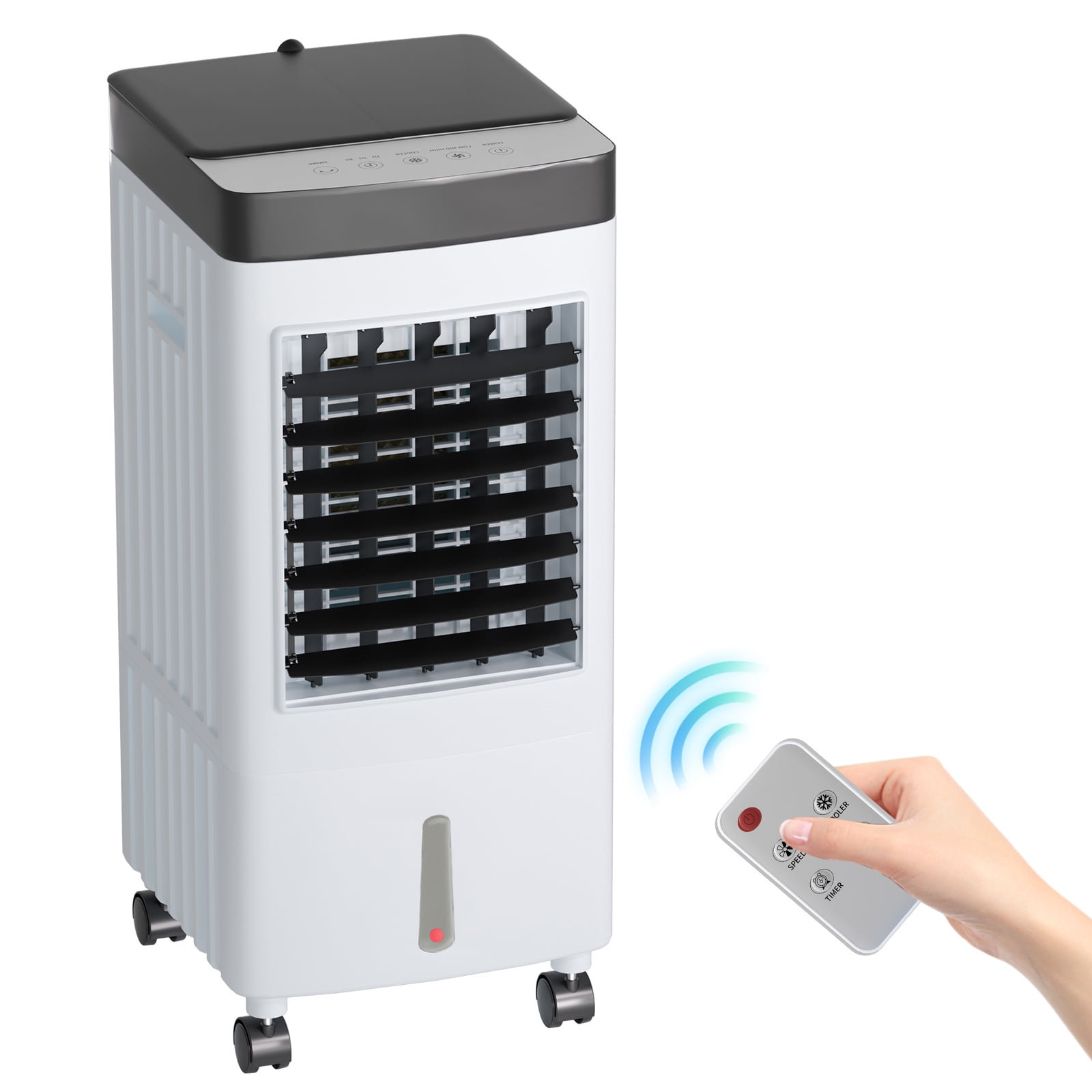
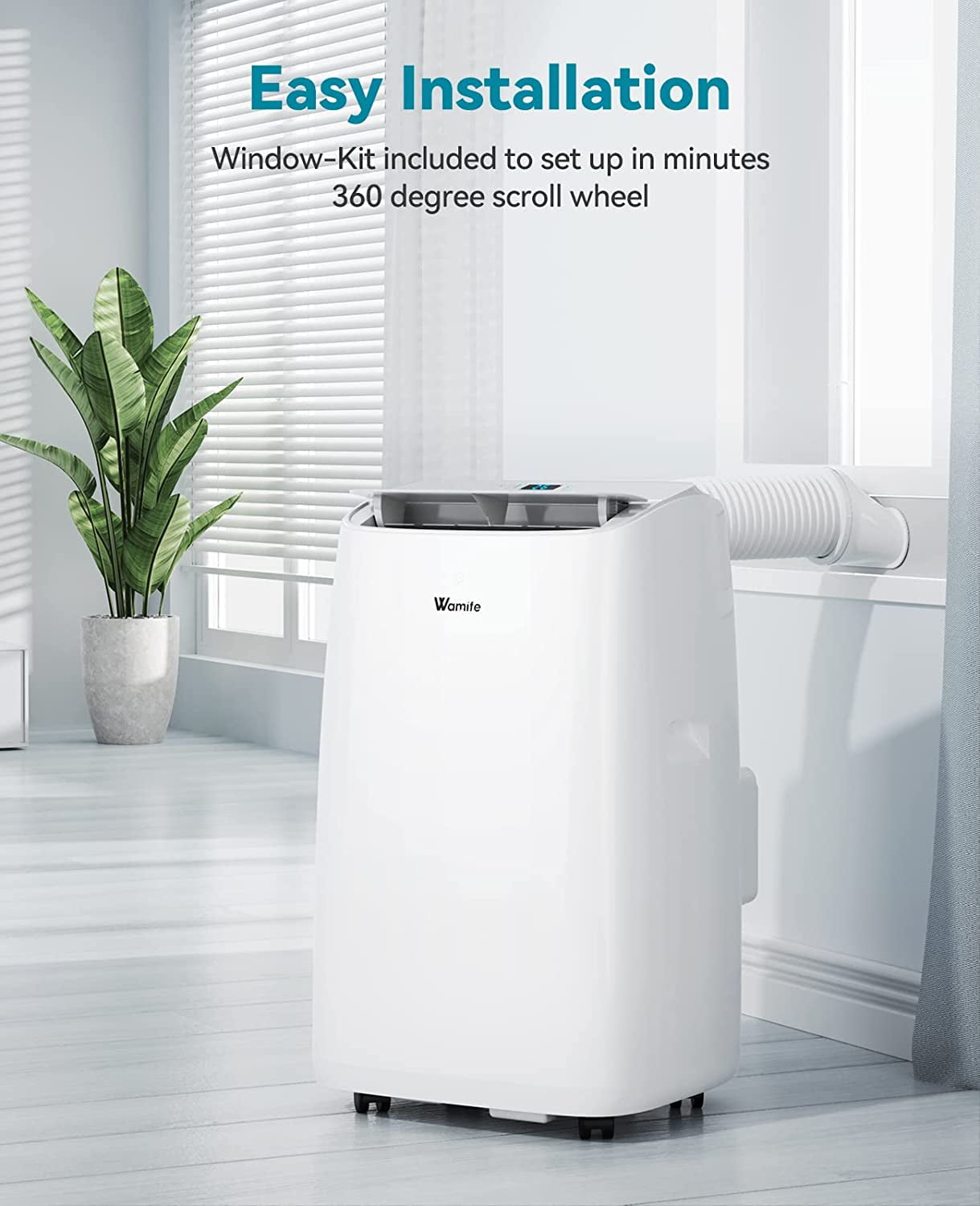


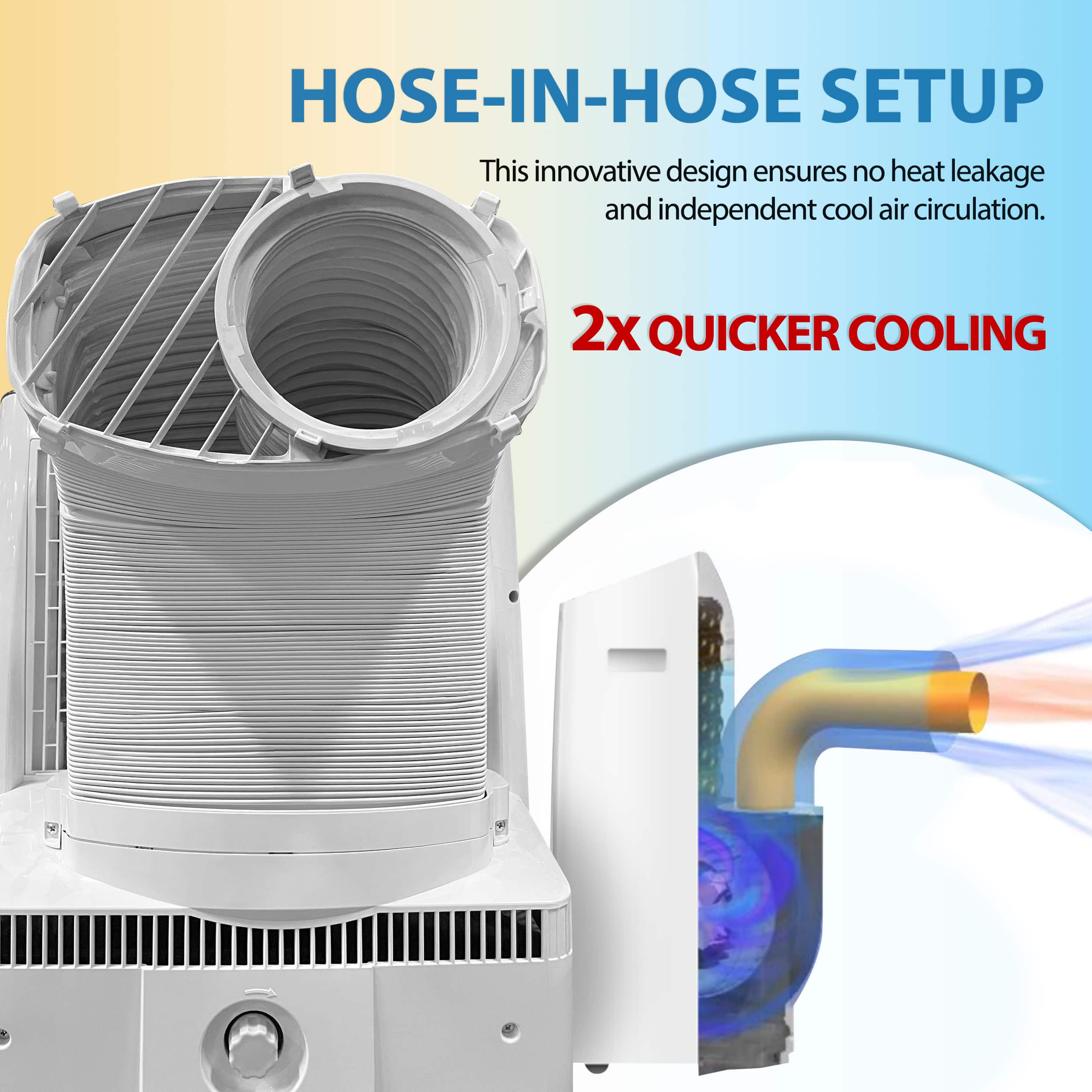




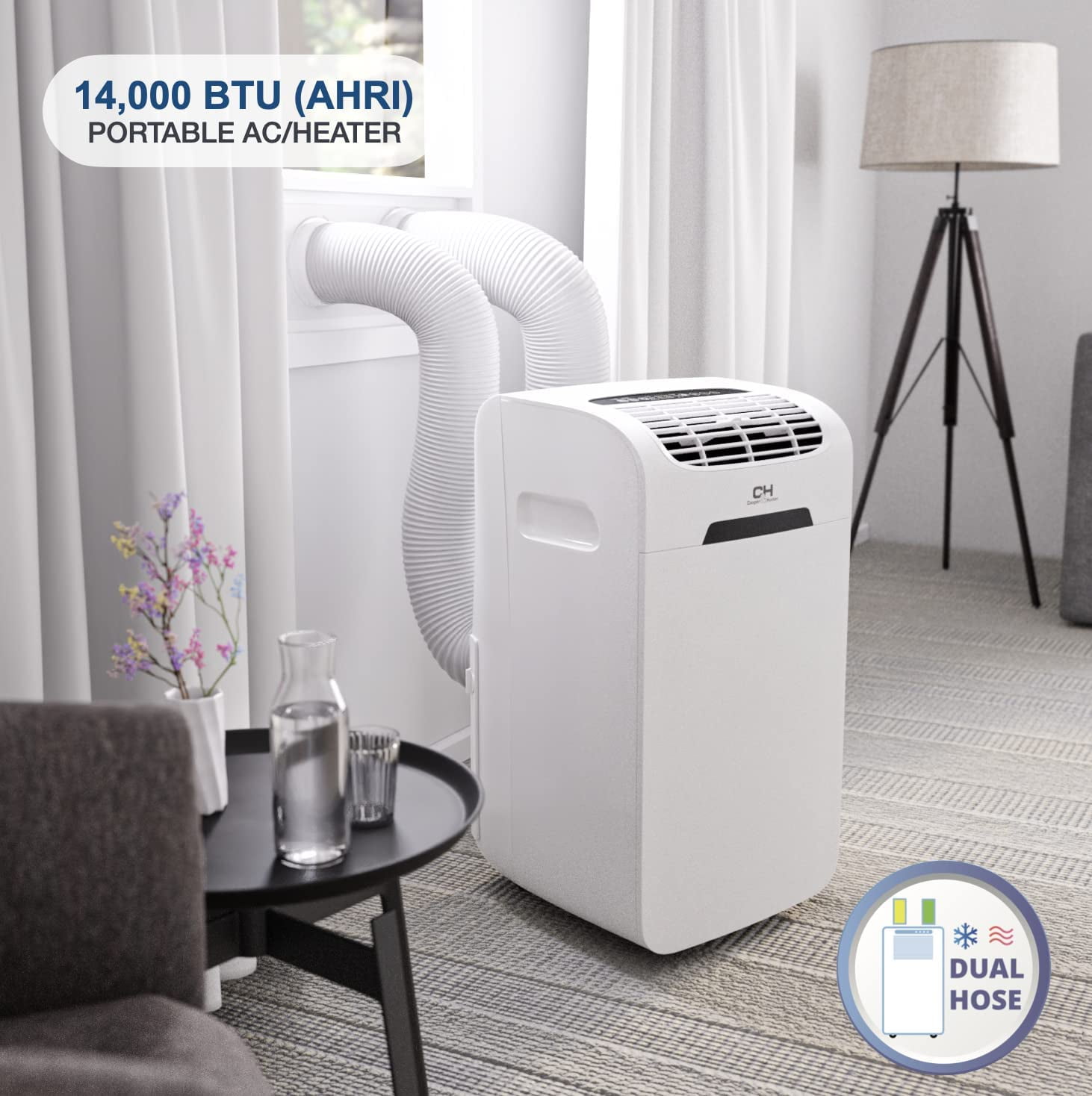


+Portable+Air+Conditioner+for+200+Square+Feet+with+Remote+Included.jpg)
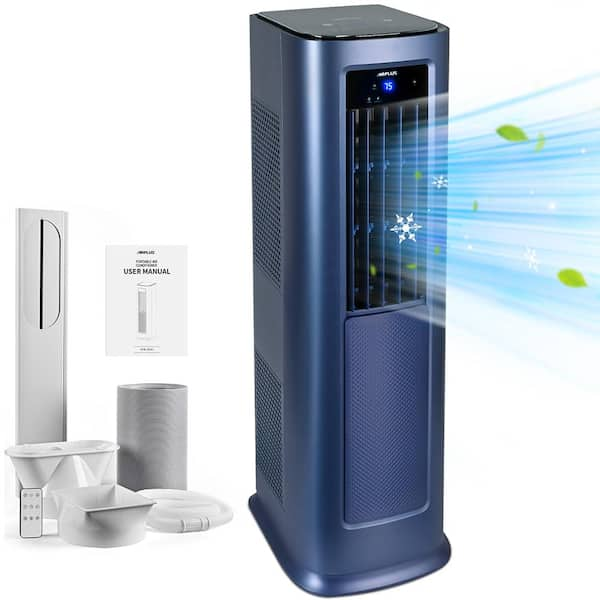
+Portable+Air+Conditioner+for+200+Square+Feet+with+Remote+Included.jpg)

